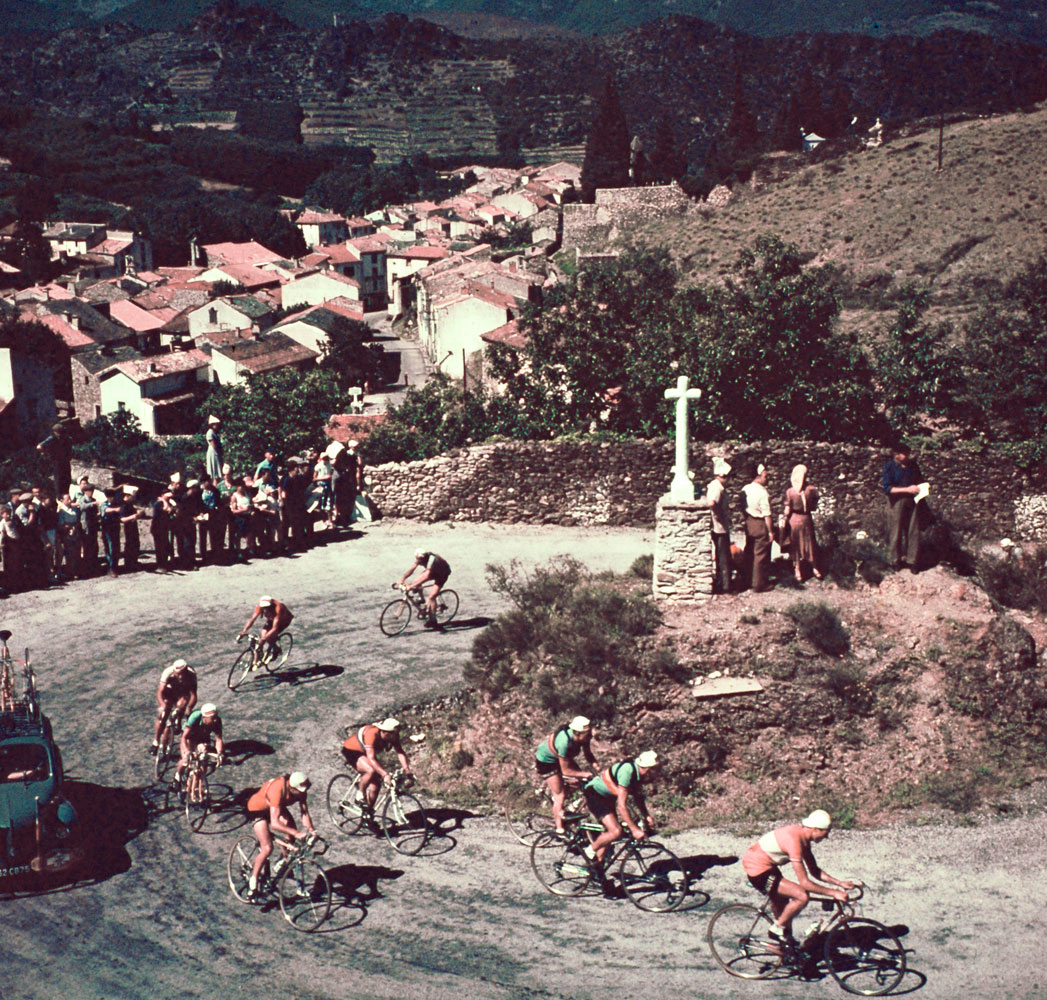
For the Tour de France, entire countries seem to stand still. For the three weeks that the riders are pushing themselves to the very edge of human exertion, and then pushing beyond, millions of people think of nothing else, talk of nothing else, watch and read of nothing else. C’est tout!
That said, of course, not everything Tour de France-related is quite sweetness and light, no matter how overwhelming the attention it receives or how celebrated its history. After all, it’s impossible to even touch upon the tour without addressing the sport’s colossal and enduring doping problem, an issue so well-documented that big-time bicycling can sometimes make horse racing feel, by comparison, like an utterly pure, unblemished pursuit. Indeed, there are times when it seems as if every bicycling champion in recent memory has either tested positive for a banned substance, or has been and will forever be hounded by undying accusations.
Bicycling’s drug problems didn’t begin recently. There have been charges and admissions of cocaine and amphetamine use, for example, since the 1940s, while rumors of riders taking everything from nitroglycerin to exotic concoctions that today might be classified as “bathtub” or “designer” drugs (depending on who’s doing the cooking) have dogged the sport for close to a century.
And yet . . . every year, as midsummer approaches, all of France and millions of other aficionados in bicycling-mad nations the world over blithely put their indignation and their suspicions on hold and avidly follow the circuitous stages of La Grande Boucle, a three-week traveling carnival of superhuman exertions, spectacular crashes and the type of drama that routinely unfolds when profoundly bitter, supremely competitive rivals vie for supremacy day after day after day.
Here, LIFE.com offers vintage (and in some case, previously unpublished) photos from the 1953 version of the great contest — pictures made at a time when most of LIFE’s readers were probably only marginally aware that each summer people rode bikes for a few thousand miles on the mountain roads and through the sunflower fields of France and, occasionally, across the border into other European nations. The magazine’s brief discussion of the atmosphere surrounding the race manages to sound at once slightly bemused and openly admiring — a reaction that will not be unfamiliar to countless Americans, 60 years later, as the peloton again begins its grueling, inevitable fast-paced slouch toward the Champs-Élysées:
High atop the foggy Col du Tourmalet, one of the most difficult passes in the Pyrenees, thousands of Frenchmen gathered . . . to experience a single moment. It came when a group of cyclists zoomed into sight and zoomed right out again over the mountains.
It was the time again of the annual Tour de France … [and] all along the 2,775-mile route, during the 21 days of the event, millions of people came out to see the cyclists pass. Towns bid eagerly for the privilege of having the tour pass trough or better still spend the night there. In the past spectators have got so worked up tat to help their favorites they would throw cold water on them to cool them as they went by and even occasionally give a helpful push. This year a stern ruling was invoked: cheering only was permitted.
Liz Ronk, who edited this gallery, is the Photo Editor for LIFE.com. Follow her on Twitter @lizabethronk.


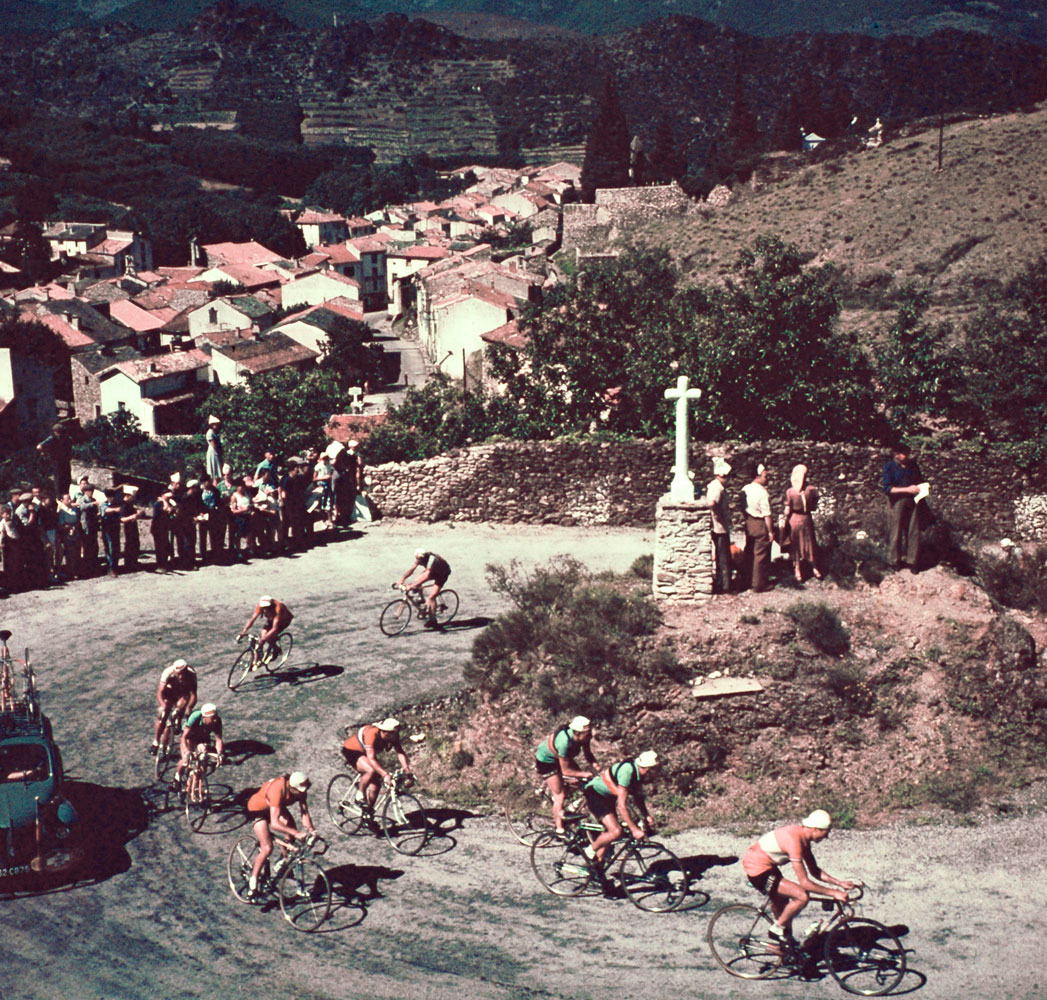

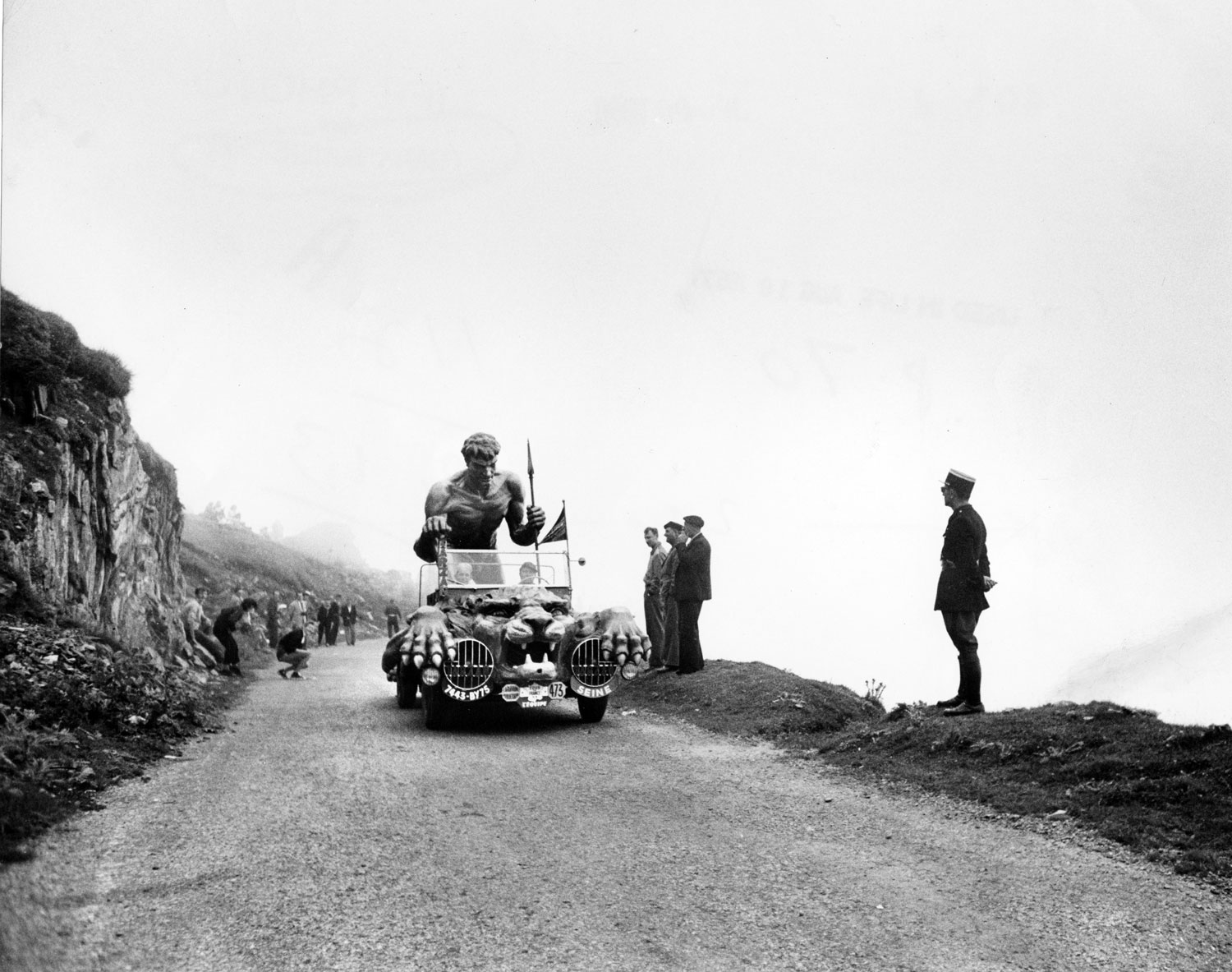



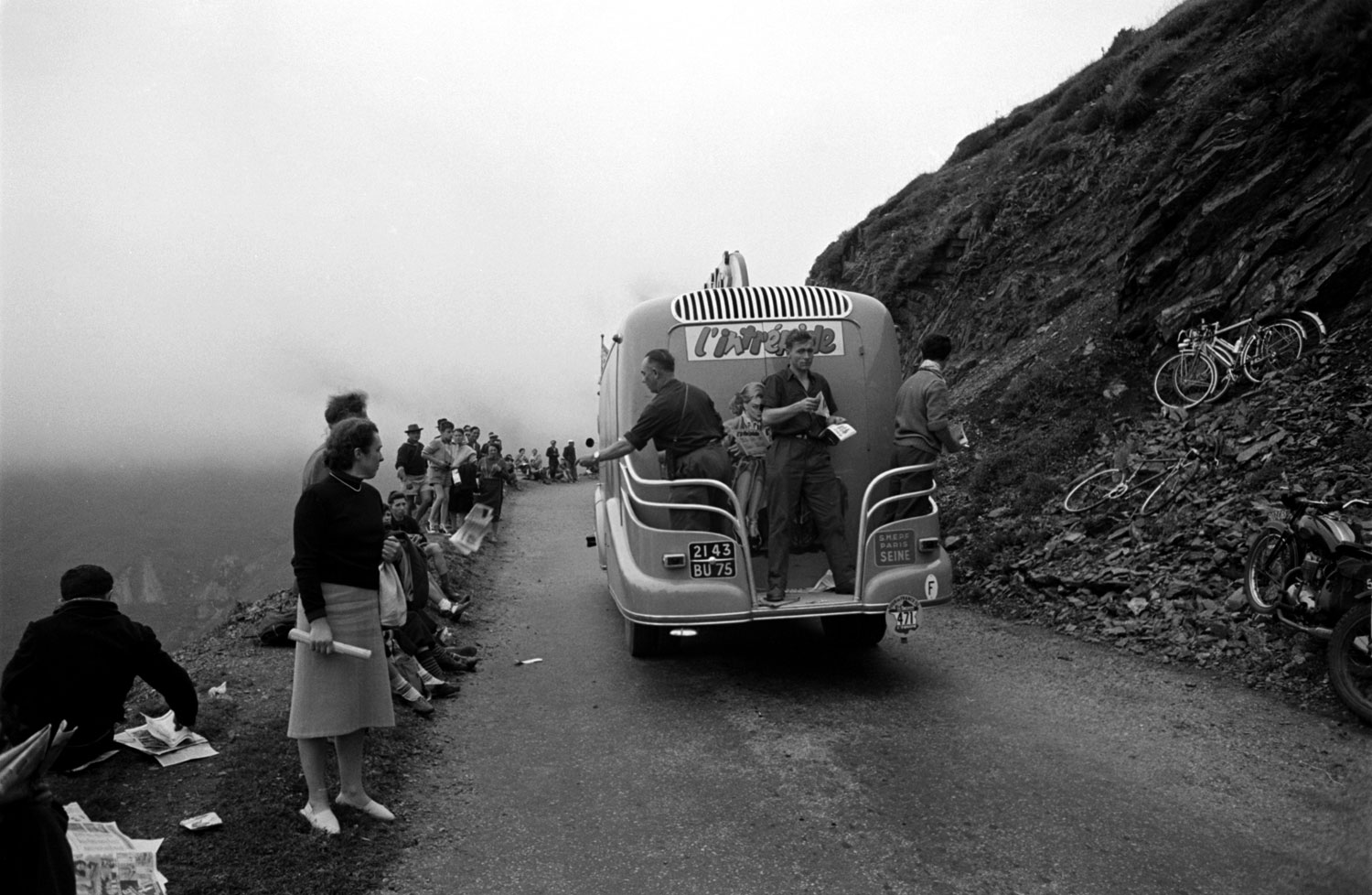
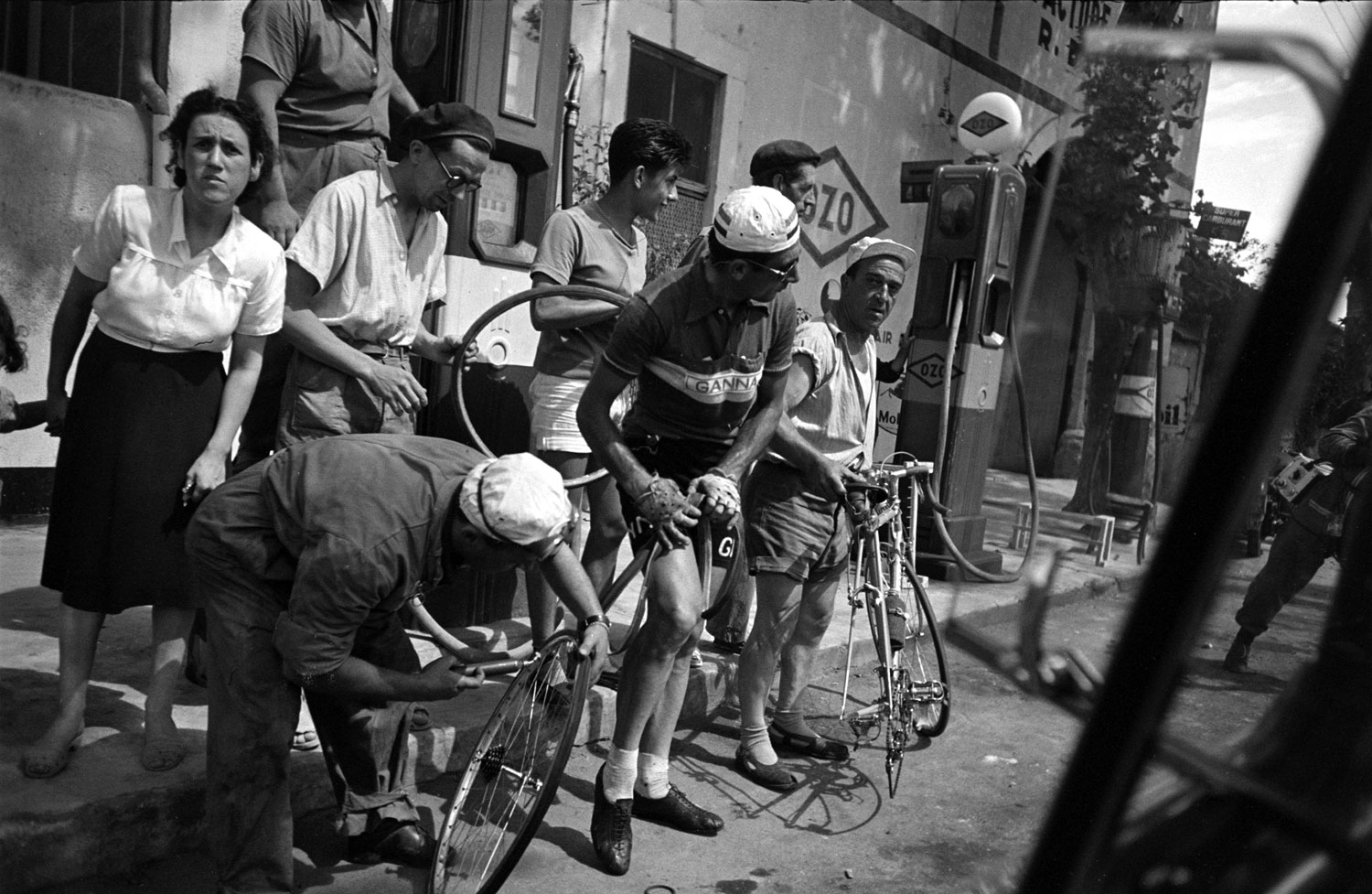
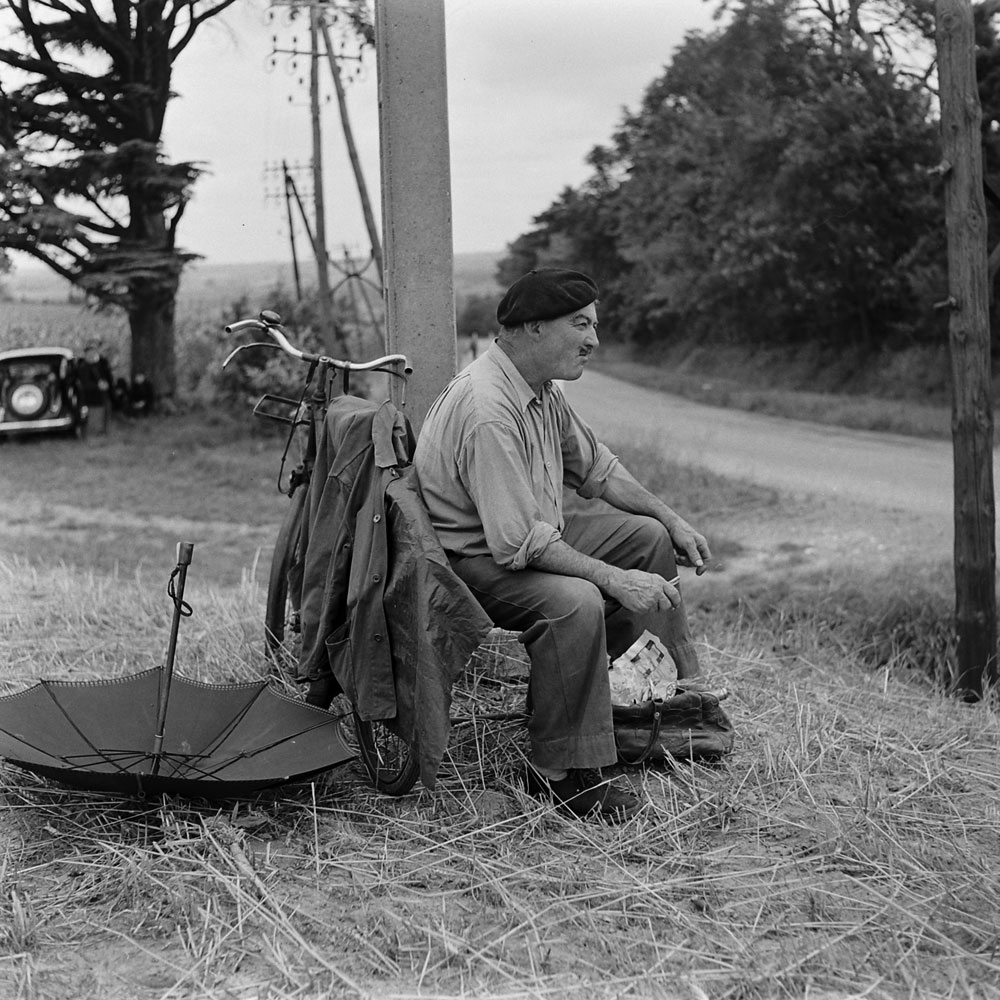

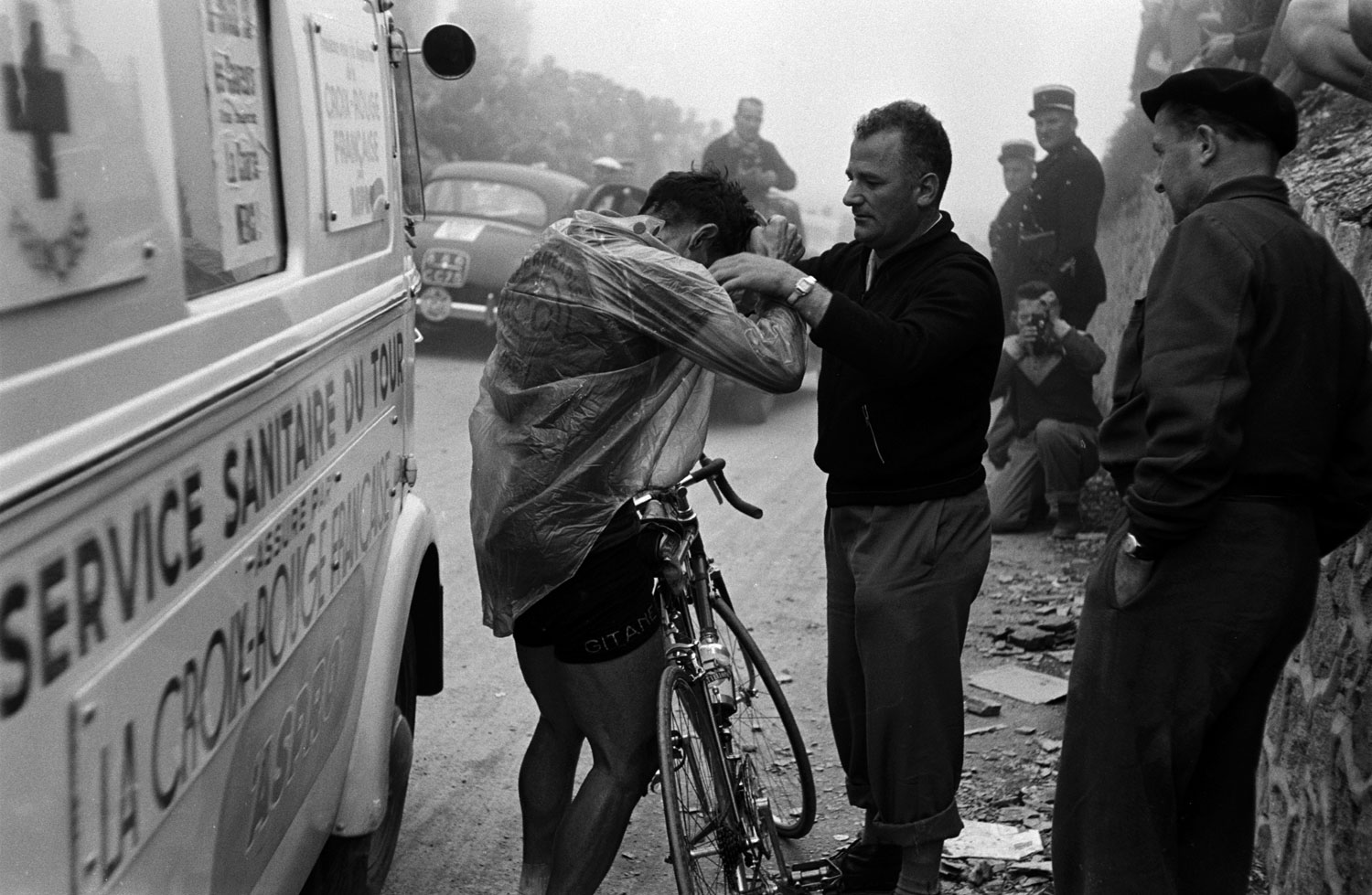



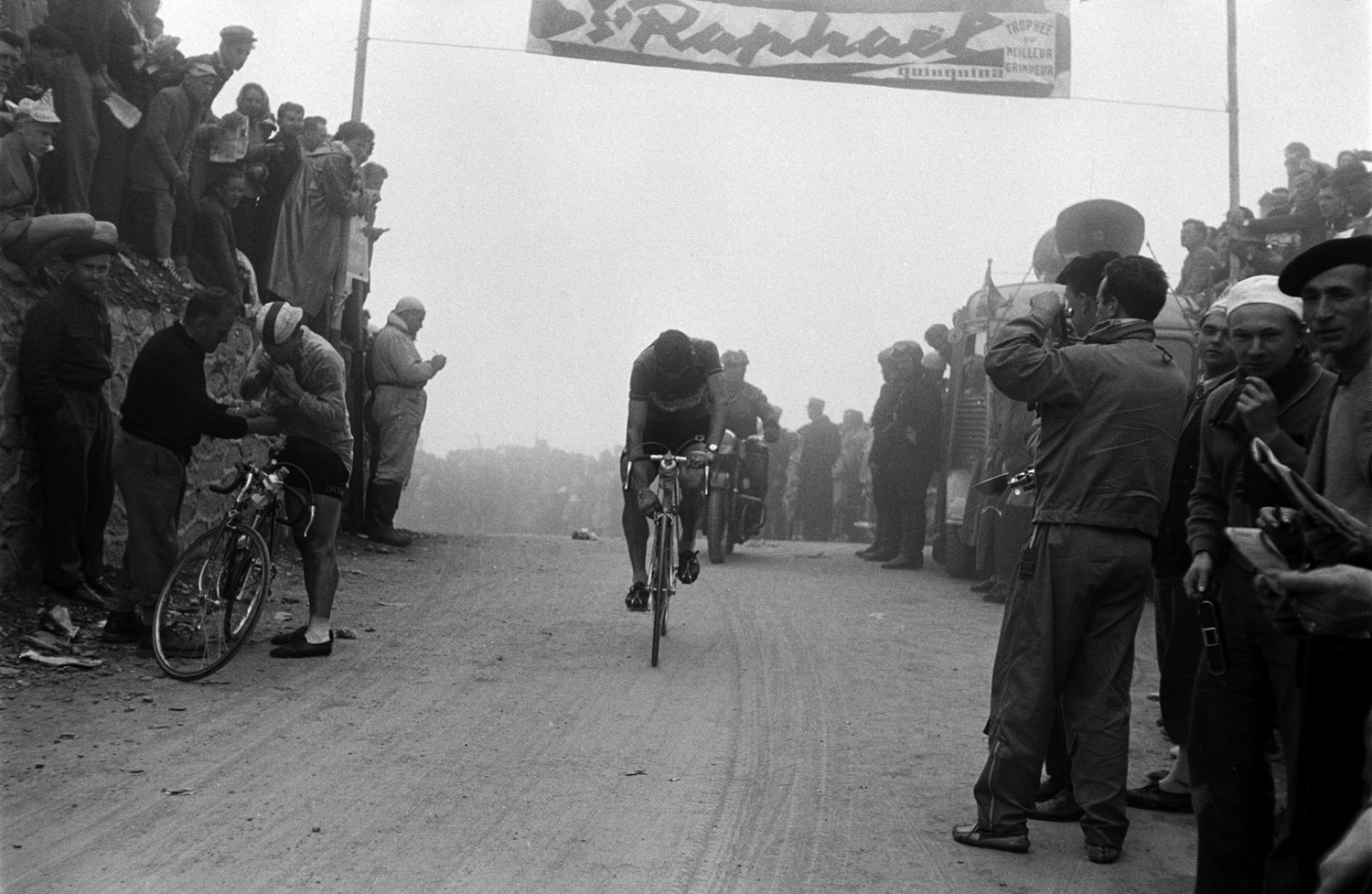



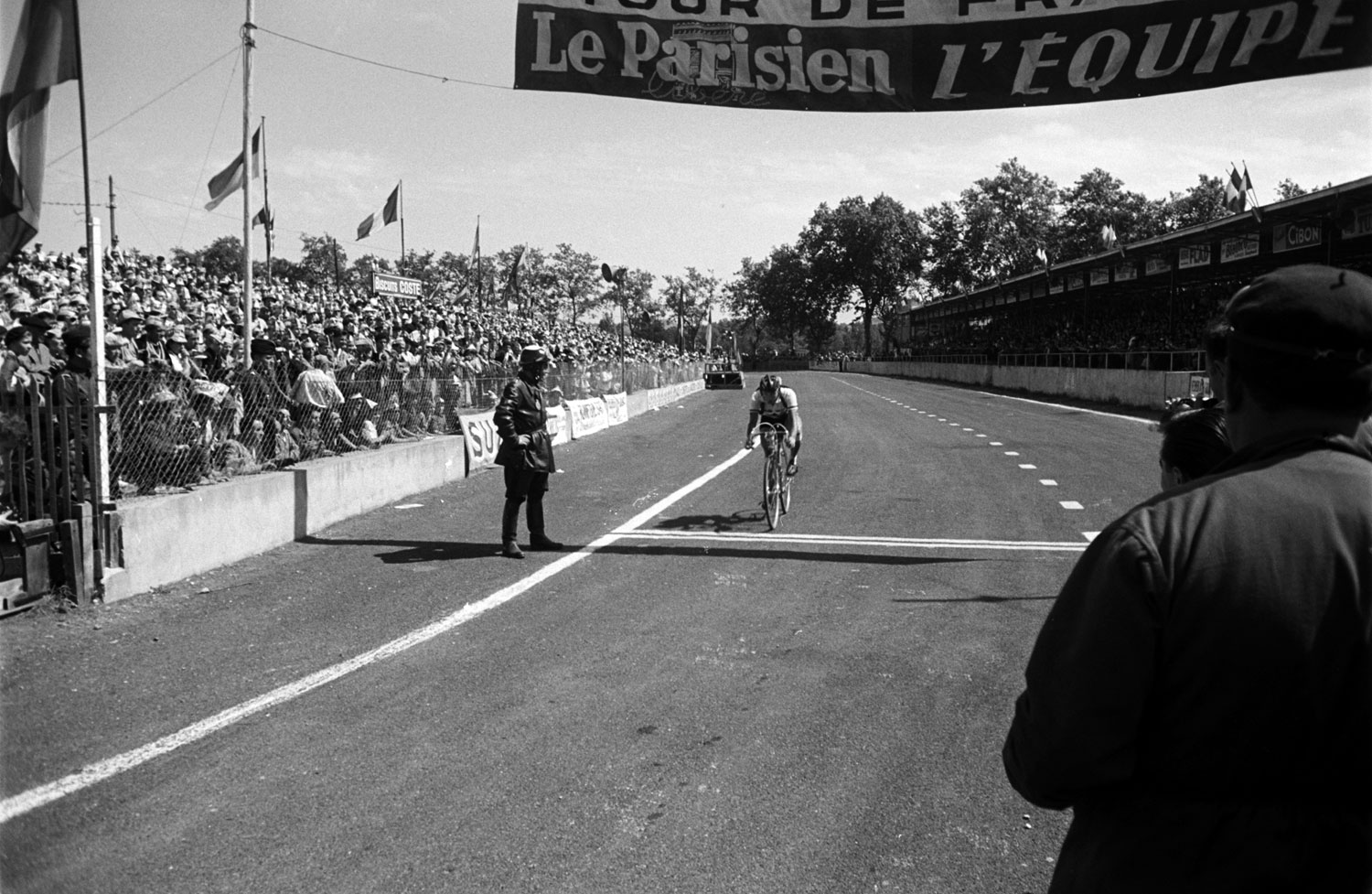



More Must-Reads from TIME
- Where Trump 2.0 Will Differ From 1.0
- How Elon Musk Became a Kingmaker
- The Power—And Limits—of Peer Support
- The 100 Must-Read Books of 2024
- Column: If Optimism Feels Ridiculous Now, Try Hope
- The Future of Climate Action Is Trade Policy
- FX’s Say Nothing Is the Must-Watch Political Thriller of 2024
- Merle Bombardieri Is Helping People Make the Baby Decision
Contact us at letters@time.com